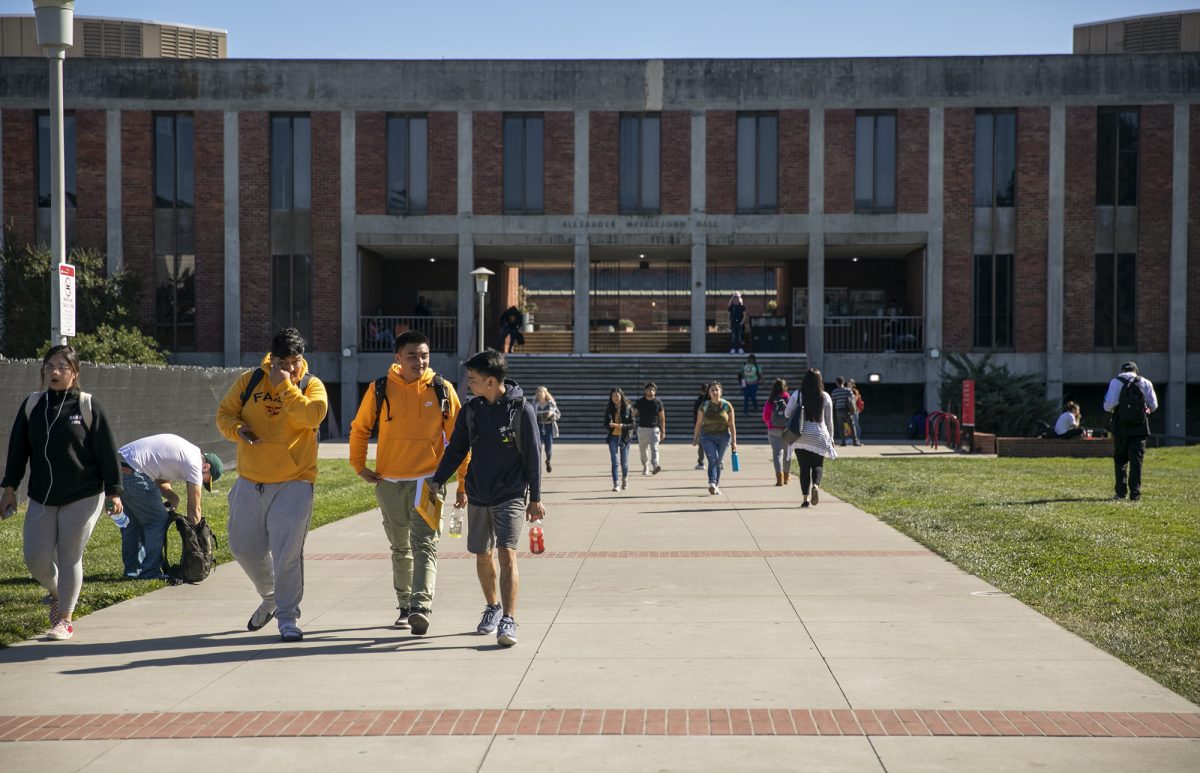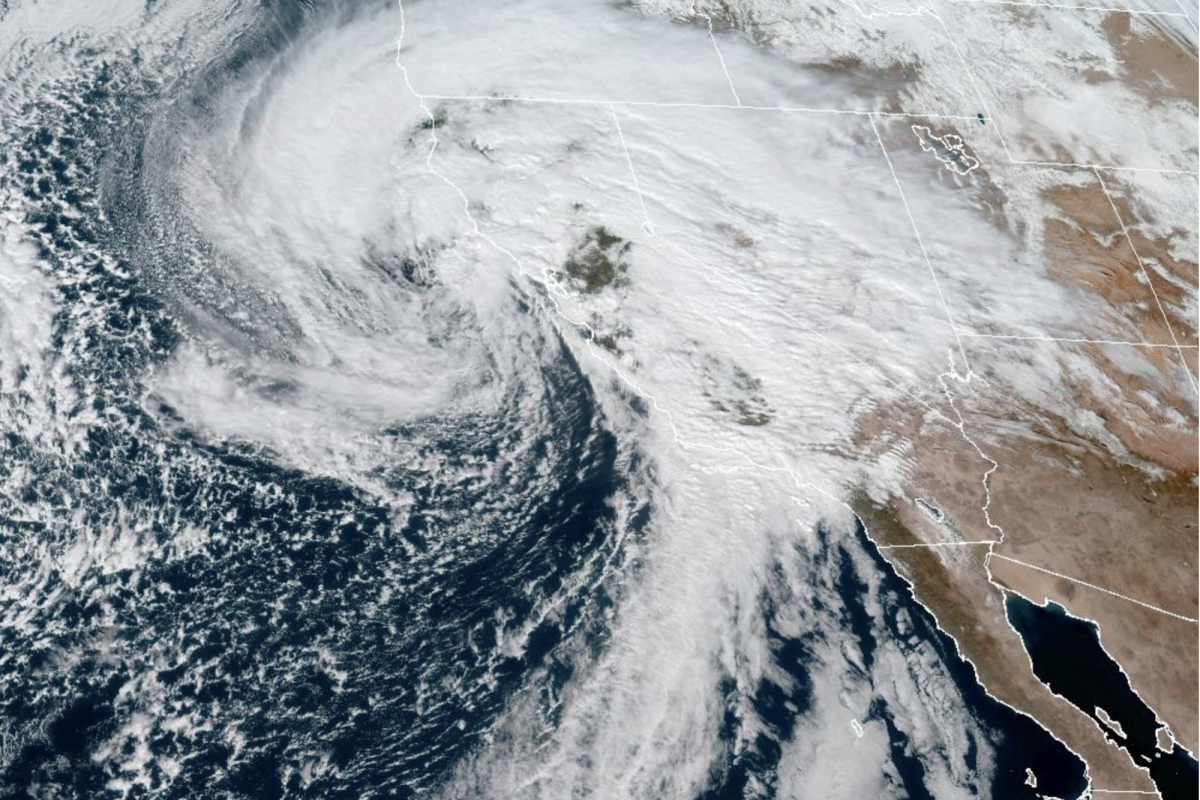Speculations of a potential CSU system-wide faculty and staff strike have begun to heat up following agreements not being met during multiple collective bargaining sessions between the California State University system and the California Faculty Association (CFA). The California Faculty Association is a union representing nearly 29,000 CSU faculty and staff members in the nation’s largest university system; a possible strike will ultimately result in the largest education strike in US history.
For years there has been conjecture and concern that California State University staff and faculty members have been undercompensated for their duties. This has led to demands from CFA members towards the CSU system that have yet to be met.
The demands include but are not limited to, a 12% salary increase, extended paid maternal leave (16 weeks rather than 10), lactation stations, a managed course cap so the staff’s workload is not too overwhelming, improved health and safety regulations, and gender-neutral restrooms. All demands have been denied by the CSU system; in fact, according to Professor Jeffrey Newcomb, the East Bay Chapter CFA president, the majority of demands were not even mentioned during the bargaining process and sessions. In return, the CSU system initially offered a 4% salary increase for one fiscal year, which has since been increased to 5% later in the bargaining process.
The collective bargaining process between the CSU system and the CFA began in the spring of 2023, since this spring there have been at least four public collective bargaining sessions with absolutely no progress being made. This has impelled a growing frustration within CSU faculty, staff, and union members, leading them to express their lack of fear in responding to a walk-out strike.
During the month of August, the CFA declared that they had reached a bargaining impasse with the CSU system and officials, following months of collective bargaining and both parties being so far apart in their negotiations. According to Newcomb, the two parties are currently in the mediation process of their negotiations which will then be followed by the fact-finding phase where investigators will look into the proposals of both parties. Following the investigation, both parties will be required to offer their final proposal.
If the two parties can not come to an agreement following the final proposal the CFA union will conclusively vote whether or not to follow through with a strike. When asked what are the chances of the CSU staff actually following through with a strike, Newcomb could not provide much of a response. Although, he did state that the vote and decision will occur in mid-late October.
When reaching out to CSU officials regarding an interview on the topic there was not a response. Yet, there are statements that have surfaced online from representatives of the CSU chancellor’s office stating, “The CSU deeply values its employees and is committed to ensuring competitive wages, benefits, and rewarding careers that fulfill CSU’s mission of providing students access to a high-quality, affordable education.”
Considering recent news the previous statement becomes contradicting compared to the actual actions that have been taken. The CSU system refuses to recognize the majority of CFA’s proposals and has only offered a 42% pay increase compared to what has been demanded.
During the month of September, CSU has also passed a new 30% tuition increase for all students over the course of five years. The CFA has voiced that they are against the tuition increase as a means to allocate funds to accommodate their demands. The tuition will be increased by 6% every year starting in 2024-25 and ending in 2028-29. That is not necessarily the definition of providing an affordable education, especially considering the speculation of CSU receiving an $8.5 billion investment.
In comparison, the UC system most recently had a walk-out strike consisting of graduate student employees in 2022, most noticeably at UC Berkeley. At the time the UC walk-out strike was known as the largest education strike in US history. This strike began November 14th, on November 29th tentative agreements were met, December 9th the contracts were ratified, and on December 23rd the UC union members voted to ratify the remaining contracts, improving salaries and working conditions and drawing an end to the 6 weeks strike.
During a Zoom interview with Jeffrey Newcomb, he was asked if there may be any foreseeable similarities or differences between the 2022 UC strike and the potential 2023 CSU strike. As regards to the length of time and results there was not much of an answer he was able to give. As far as the differences he stated, “One difference is the UC [strike] were not lecture faculty they were graduate teacher assistants”, which he implied was important to keep in mind.
During the UC strike nearly 280,000 students were affected across 10 different campuses. In comparison to the possible CSU strike nearly 458,000 students would ultimately be affected across 23 campuses. This displays a much more massive effective radius on students if the CSU faculty strike actually comes to fruition, indicating that it may alter or disturb a great deal of California’s higher level education.






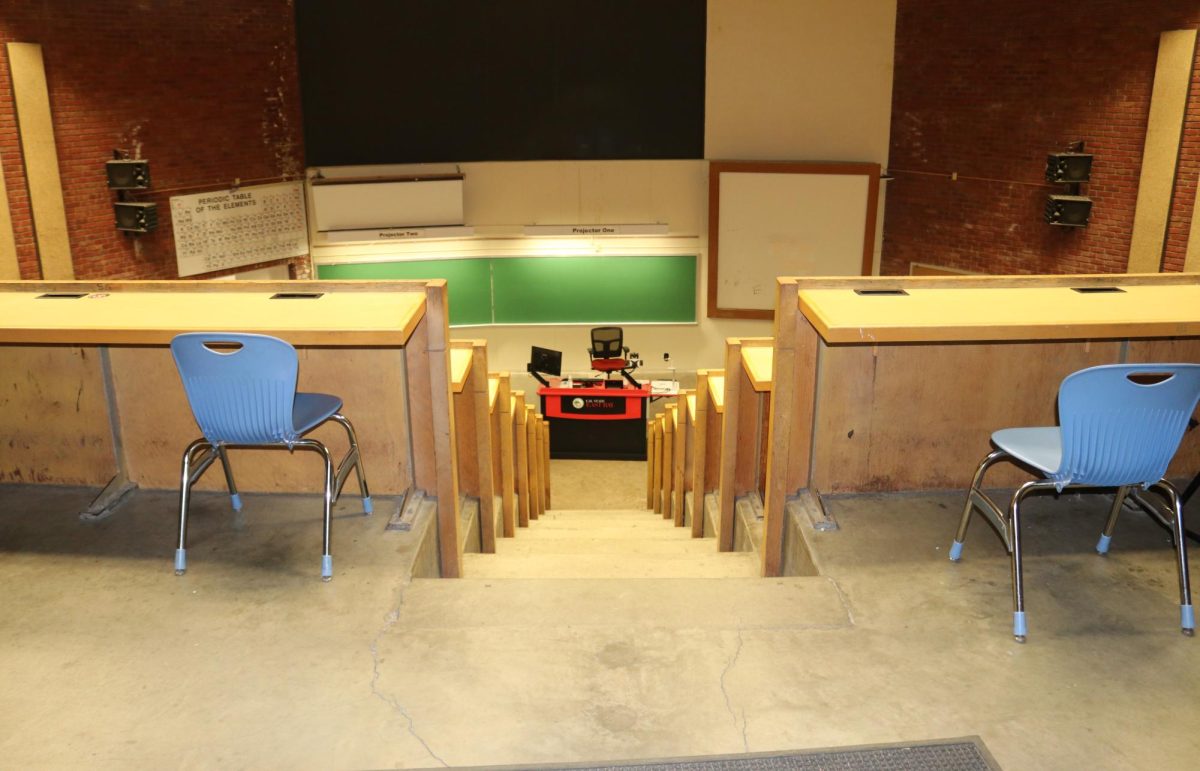
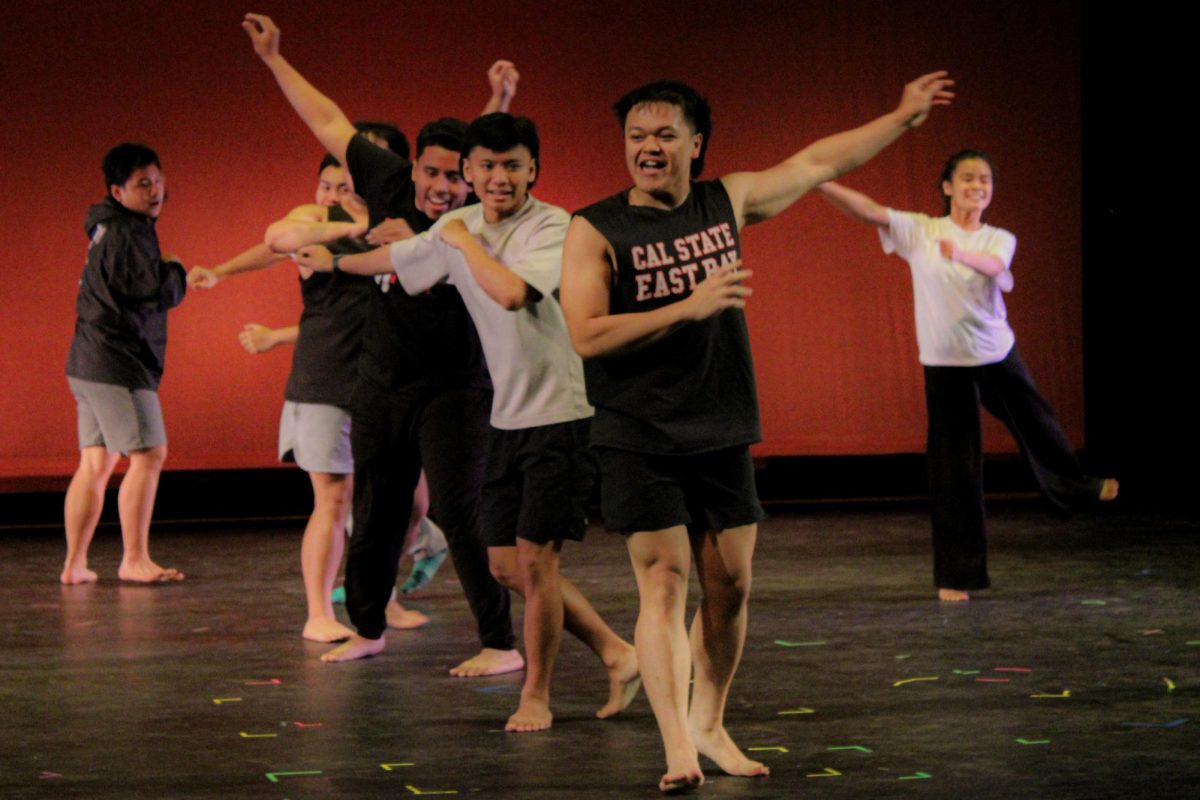
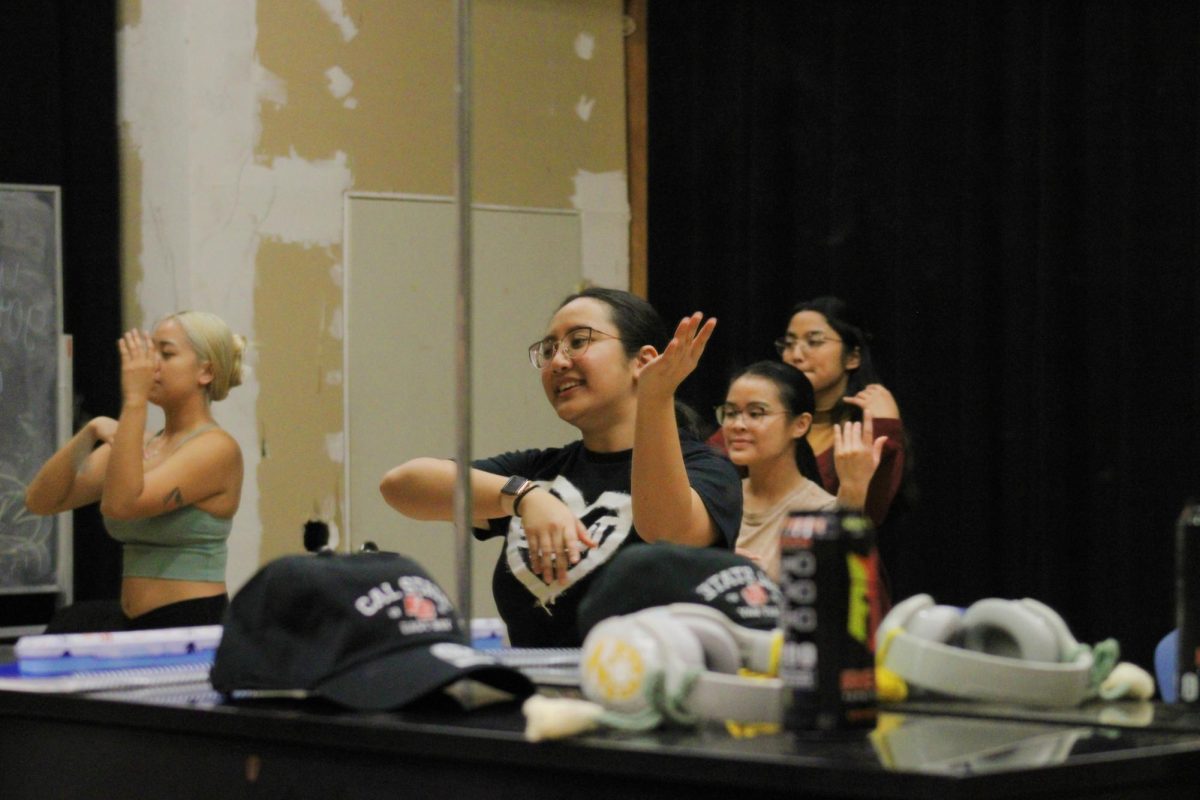
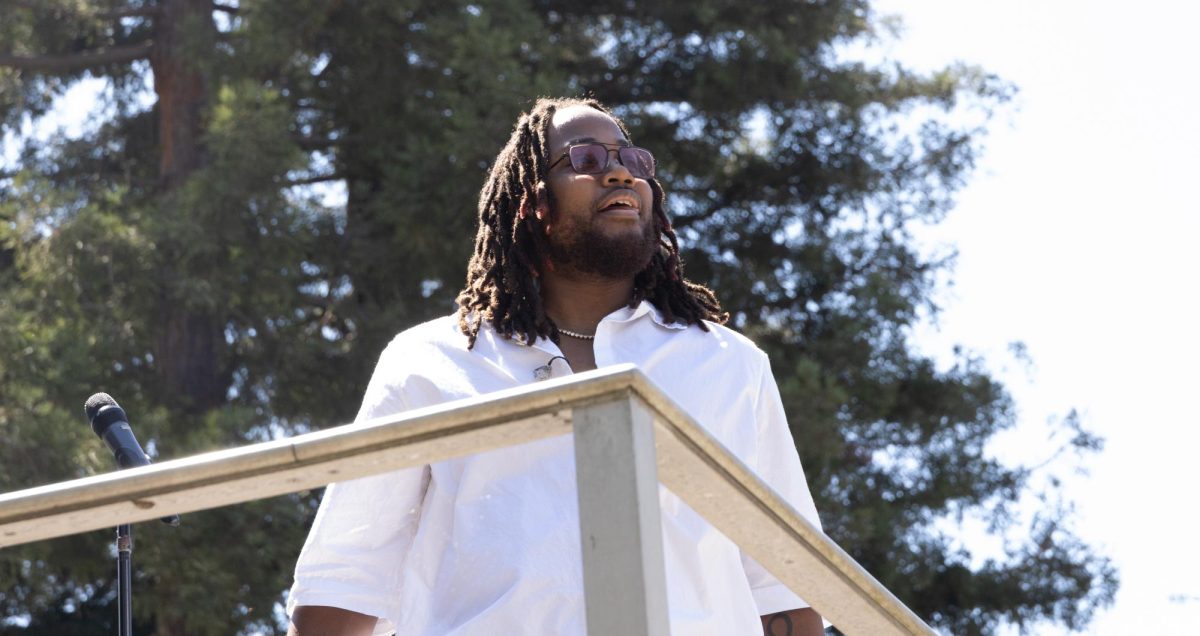

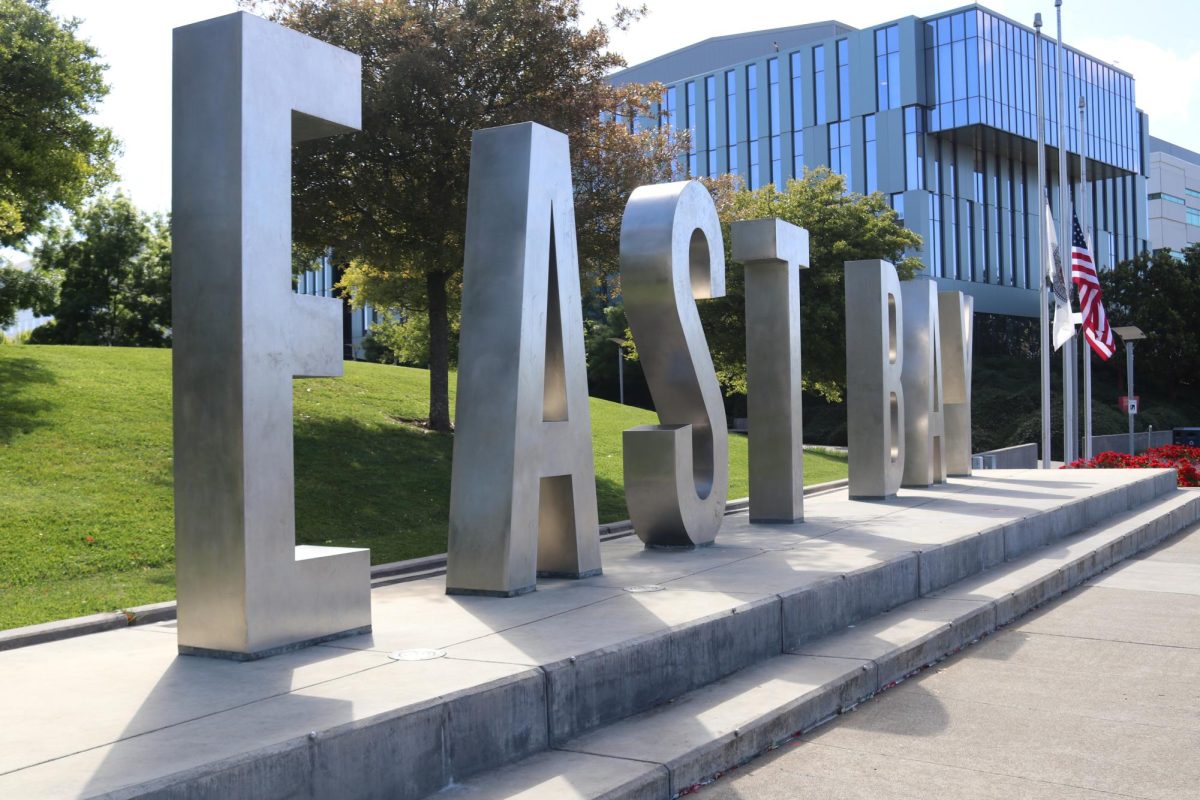

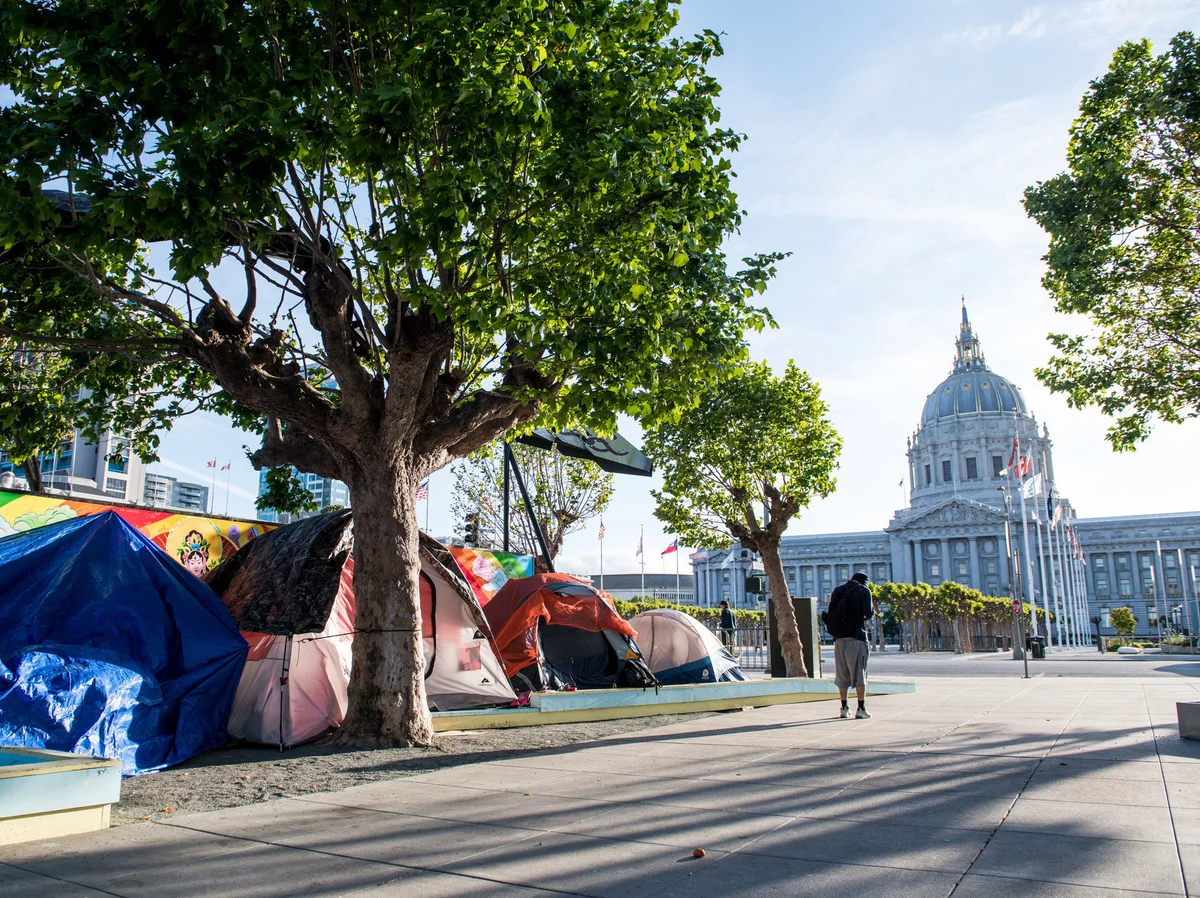

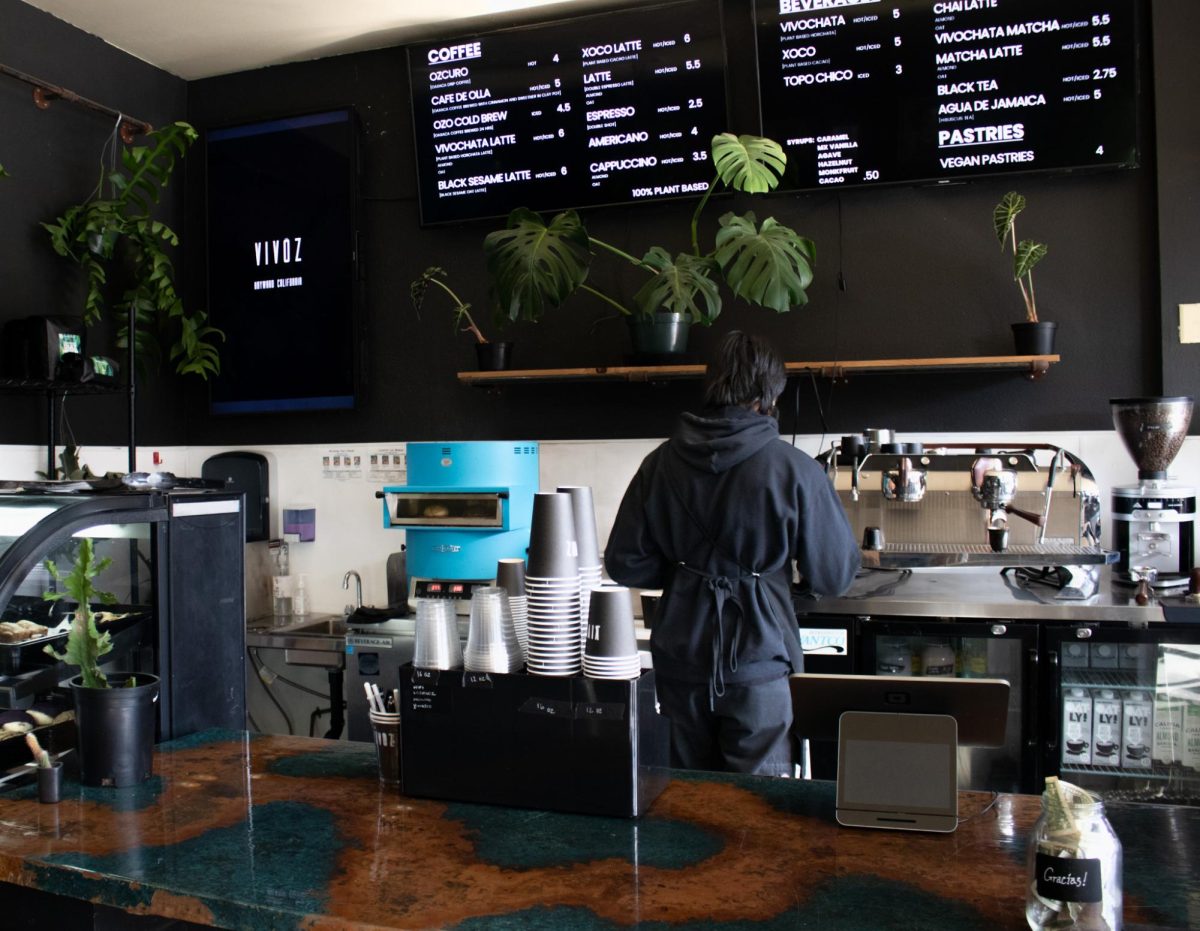
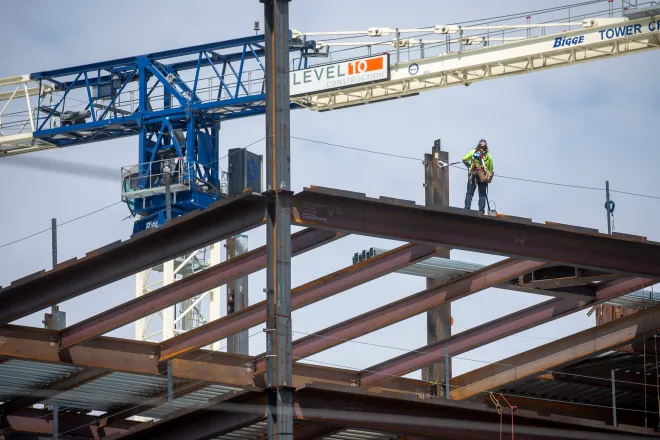
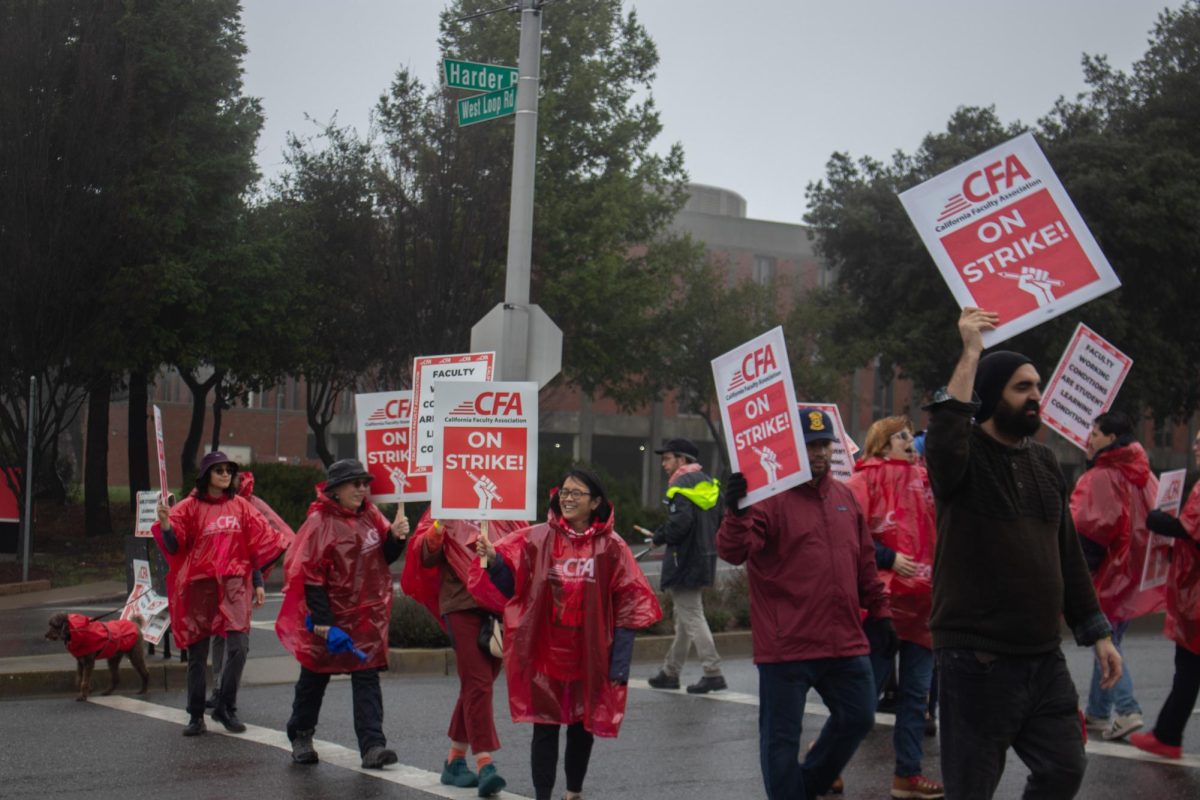
![Photo of fentanyl from the U.S. Drug Enforcement Administration (Photo courtesy DEA via Bay City News) [for education purposes only]](https://thepioneeronline.com/wp-content/uploads/2024/03/IMG_4583-1200x885.jpg)

